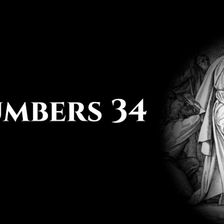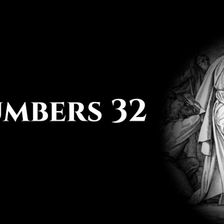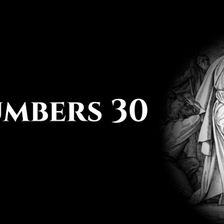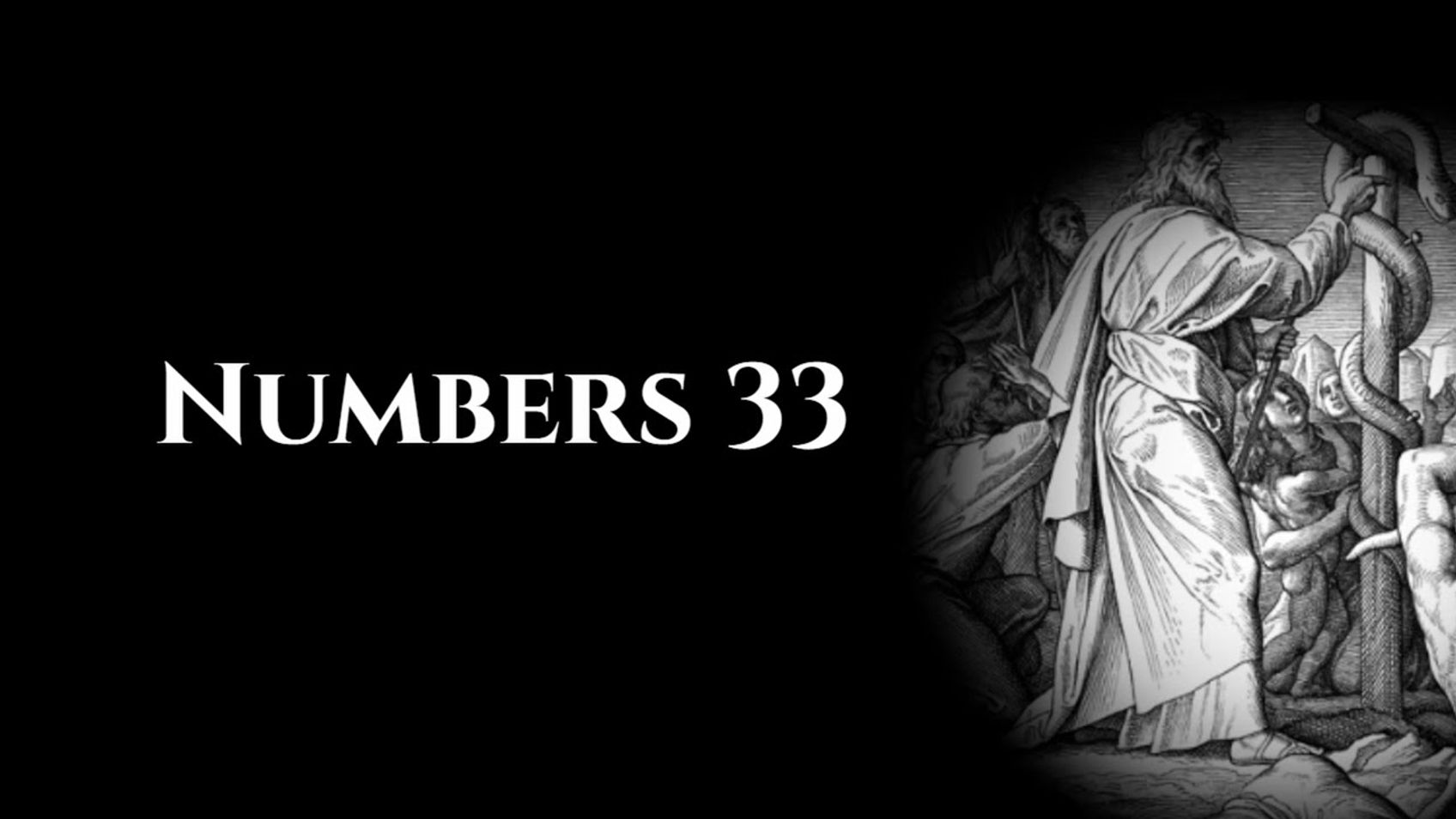Numbers 33
May 24, 2022

Alastair Roberts
The wilderness itinerary.
My reflections are searchable by Bible chapter here: https://audio.alastairadversaria.com/explore/.
If you are interested in supporting this project, please consider supporting my work on Patreon (https://www.patreon.com/zugzwanged), using my PayPal account (https://bit.ly/2RLaUcB), or buying books for my research on Amazon (https://www.amazon.co.uk/hz/wishlist/ls/36WVSWCK4X33O?ref_=wl_share).
You can also listen to the audio of these episodes on iTunes: https://itunes.apple.com/gb/podcast/alastairs-adversaria/id1416351035?mt=2.
More From Alastair Roberts

Skins, Strongholds, and the Limits of a Culture War Mindset
Alastair Roberts
May 25, 2022
If you are interested in supporting my work, please consider becoming a patron on Patreon (https://www.patreon.com/zugzwanged), donating using my PayP

Numbers 34
Alastair Roberts
May 27, 2022
The boundaries of the Promised Land.
My reflections are searchable by Bible chapter here: https://audio.alastairadversaria.com/explore/.
If you are

Numbers 35
Alastair Roberts
May 28, 2022
The cities of the Levites and the cities of refuge.
My reflections are searchable by Bible chapter here: https://audio.alastairadversaria.com/explore

Numbers 32
Alastair Roberts
May 23, 2022
The Transjordanian tribes.
My reflections are searchable by Bible chapter here: https://audio.alastairadversaria.com/explore/.
If you are interested

Numbers 31
Alastair Roberts
May 22, 2022
Vengeance against the Midianites.
My reflections are searchable by Bible chapter here: https://audio.alastairadversaria.com/explore/.
If you are int

Numbers 30
Alastair Roberts
May 21, 2022
Vows of wives and daughters.
My reflections are searchable by Bible chapter here: https://audio.alastairadversaria.com/explore/.
If you are interest
More on OpenTheo

How Did a Fisherman Write the Book of Peter?
#STRask
September 18, 2025
Questions about how a fisherman could have written the book of Peter, why people say that not mentioning the destruction of the temple indicates an ea

How Would You Convince Someone That Evil Exists?
#STRask
November 17, 2025
Questions about how to convince someone that evil exists, whether Charlie Kirk’s murder was part of God’s plan, whether that would mean the murderer d

The Historical Reliability of the Gospels: Licona vs. Ehrman - Part 1
Risen Jesus
September 3, 2025
In this episode, frequent debate opponents Dr. Michael Licona and Dr. Bart Ehrman face off on the historical reliability of the gospels. Held in 2018

The Heidelberg Catechism with R. Scott Clark
Life and Books and Everything
November 3, 2025
You may not think you need 1,000 pages on the Heidelberg Catechism, but you do! R. Scott Clark, professor at Westminster Seminary California, has writ

Lora Ries: Border Security and Immigration Policy
Knight & Rose Show
December 7, 2025
Wintery Knight and Desert Rose welcome Lora Ries to discuss border security and immigration policy. They explore Biden's policy changes, like ending R

How Can I Improve My Informal Writing?
#STRask
October 6, 2025
Question about how you can improve your informal writing (e.g., blog posts) when you don’t have access to an editor.
* Do you have any thoughts or

What Are Some Good Ways to Start a Conversation About God with Family Members?
#STRask
October 30, 2025
Questions about how to start a conversation about God with non-Christian family members, how to keep from becoming emotional when discussing faith iss

Did God Create Us So He Wouldn’t Be Alone?
#STRask
November 3, 2025
Questions about whether God created us so he wouldn’t be alone, what he had before us, and a comparison between the Muslim view of God and the Christi

Why Would Any Rational Person Have to Use Any Religious Book?
#STRask
December 8, 2025
Questions about why any rational person would have to use any religious book, whether apologetics would be redundant if there were actually a good, un

Is Doing the Right Thing a Sin If You Truly Believe It’s Wrong?
#STRask
September 22, 2025
Questions about whether Romans 14:23 means that doing the right thing is a sin if you truly believe it’s wrong, and how to reconcile Hebrews 10:16, wh

Can You Provide Verifiable, Non-Religious Evidence That a Supernatural Jesus Existed?
#STRask
November 10, 2025
Question about providing verifiable, non-religious evidence that a supernatural Jesus existed.
* I am an atheist and militantly anti-god-belief. Ho

Is It a Sin to Feel Let Down by God?
#STRask
November 6, 2025
Questions about whether it’s a sin to feel let down by God and whether it would be easier to have a personal relationship with a rock than with a God

When I Can’t Stop Thinking About Something, Is That God Speaking?
#STRask
December 1, 2025
Questions about whether having a recurring thought is an indication God is speaking to you, what to say to someone who says they sinned because “God t

When Is It Time to Walk Away from a Conversation?
#STRask
September 1, 2025
Questions about how to discern when it’s time to walk away from a conversation, and how to cope with people charging you with being prideful and legal

Since Most People Are Wrong When They Make Supernatural Claims, Why Didn't God Do Better?
Risen Jesus
September 17, 2025
Dr. Matthew McCormick, a philosophy professor at California State University, Sacramento, doesn’t believe that there is satisfactory historical eviden
